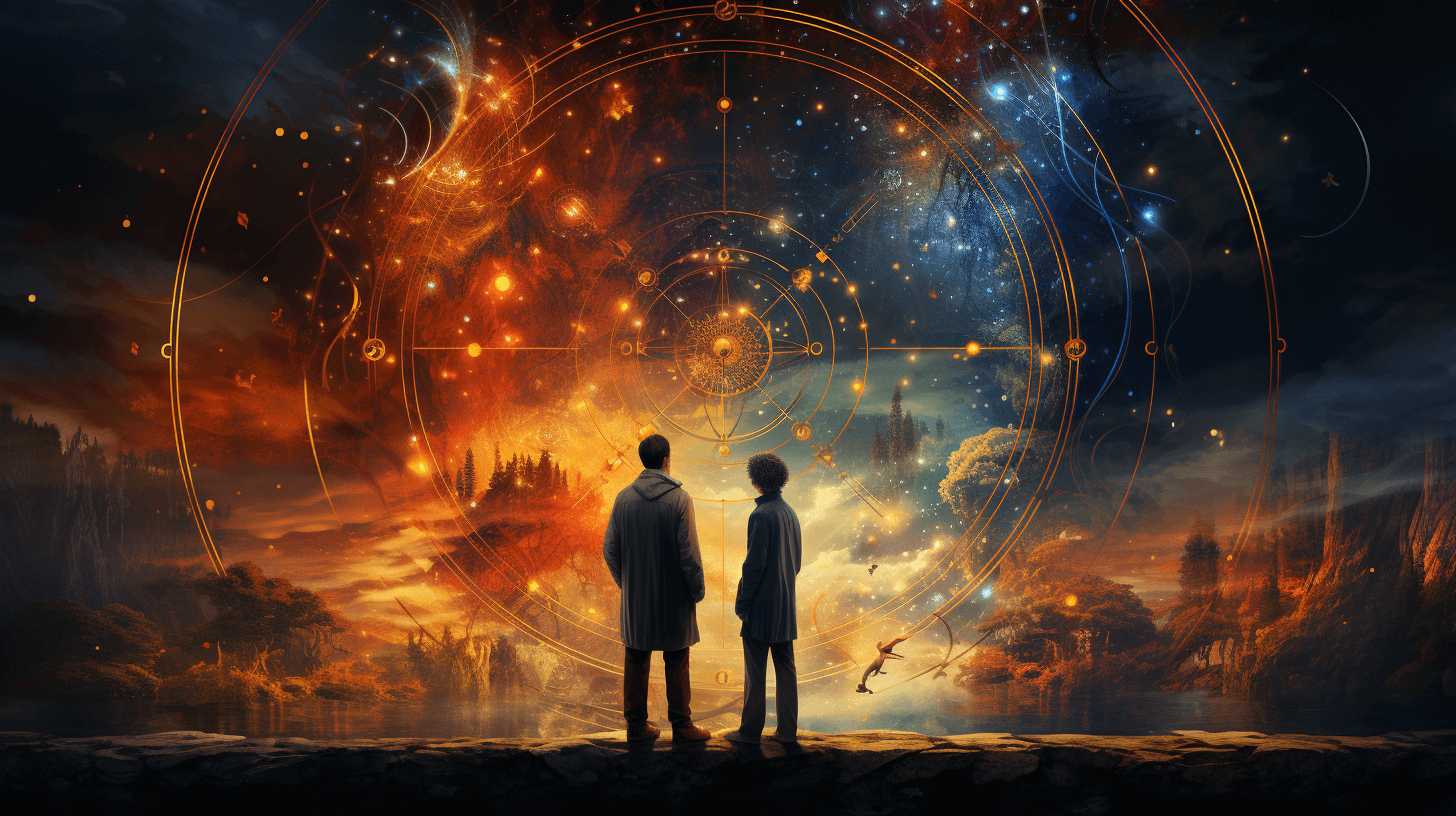Beyond Coincidence: Understanding Synchronicity in Carl Jung’s Theory
Have you ever experienced an event so connected to your thoughts or feelings that it seemed more than just a mere coincidence? If so, you may have encountered what Carl Jung, a Swiss psychiatrist and founder of analytical psychology, termed ‘synchronicity.’ This article aims to introduce the concept of synchronicity from Jung’s perspective in a way that is approachable for beginners.
Understanding Synchronicity
Jung defined synchronicity as an ‘acausal connecting principle,’ an inexplicable yet meaningful coincidence where two or more events, with no apparent causal relation, occur simultaneously or in close succession, carrying a shared meaning. These events can be internal (such as dreams, visions, or feelings) or external (physical events).
For Jung, synchronicity suggested that there’s a deeper layer of reality where our minds and the external world are interconnected in ways that transcend classical notions of cause-and-effect. In other words, it challenges the view that our inner world (psyche) and the outer world (physical reality) are entirely separate.
Synchronicity and the Collective Unconscious
Synchronicity is closely related to Jung’s concept of the collective unconscious, a level of unconscious shared by all humans and containing archetypes — universal mental predispositions. Jung proposed that synchronistic events might be guided by archetypes, thus linking the individual’s mind with the broader patterns of reality.
Interpreting Synchronicity
Jung believed synchronistic events were significant and carried symbolic meanings relevant to the individual’s life or psychological state. Therefore, they can be seen as messages or guidance from the unconscious, pointing towards needed changes, insights, or personal growth.
However, interpreting these events can be challenging, as their meaning is often highly personal and linked to the individual’s unique context. Moreover, while a synchronistic event may feel profound to the person experiencing it, it might not carry the same significance to others.
Synchronicity and Personal Growth
While synchronistic events can seem mysterious or even magical, Jung’s primary interest in them was psychological. He saw synchronicity as a tool for personal growth, aiding in the process of individuation — the journey of becoming whole by integrating all parts of one’s personality.
By paying attention to synchronistic events and attempting to decipher their meanings, individuals may gain insight into their unconscious mind, confront aspects of themselves they’ve been neglecting, or find direction during periods of uncertainty or transition.
Conclusion
Jung’s concept of synchronicity invites us to consider a deeply interconnected reality, where inner experiences and external events are meaningfully aligned beyond the confines of cause-and-effect. It challenges us to pay closer attention to coincidences and to seek the unique, personal meaning they may hold.
While the idea of synchronicity is fascinating in its own right, its true value lies in its potential to serve as a guide in our journey towards self-understanding and personal growth. As we learn to recognize and interpret these meaningful coincidences, we can unlock deeper insights into our lives, our minds, and the world around us.







